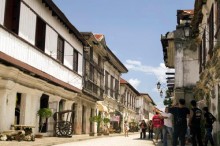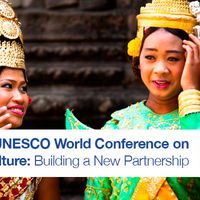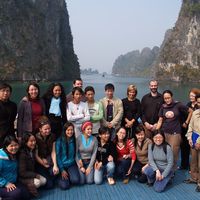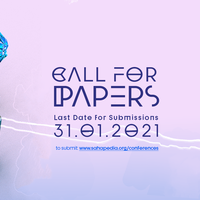New UNESCO World Heritage Sustainable Tourism Toolkit

 In the context of its World Heritage and Sustainable Development Programme, UNESCO's World Heritage Centre has recently presented a set of easily accessible 'How To' guides which together make up the World Heritage Sustainable Tourism Toolkit. The guides focus in particular on best practice approaches to sustainable economic development through tourism.
The first of their kind, the 'How To' resources offer direction and guidance to managers of World Heritage tourism destinations and other stakeholders to help identify the most suitable solutions for circumstances in their local environments and aid in developing general know-how for the management of each destination.
The 'How To' guides bring best practice knowledge to the full World Heritage community, so that site managers, tourism professionals, conservation professionals, and communities around the world understand the possibilities of sustainable tourism and what key issues have already been achieved.
These resources should be a valuable asset to site managers in particular, who often lack the tools and know-how to effectively manage and maximise tourism benefits, while minimising its negative impacts.
The UNESCO World Heritage Sustainable Tourism Toolkit is structured as a step-by-step process for site managers, as follows:
In the context of its World Heritage and Sustainable Development Programme, UNESCO's World Heritage Centre has recently presented a set of easily accessible 'How To' guides which together make up the World Heritage Sustainable Tourism Toolkit. The guides focus in particular on best practice approaches to sustainable economic development through tourism.
The first of their kind, the 'How To' resources offer direction and guidance to managers of World Heritage tourism destinations and other stakeholders to help identify the most suitable solutions for circumstances in their local environments and aid in developing general know-how for the management of each destination.
The 'How To' guides bring best practice knowledge to the full World Heritage community, so that site managers, tourism professionals, conservation professionals, and communities around the world understand the possibilities of sustainable tourism and what key issues have already been achieved.
These resources should be a valuable asset to site managers in particular, who often lack the tools and know-how to effectively manage and maximise tourism benefits, while minimising its negative impacts.
The UNESCO World Heritage Sustainable Tourism Toolkit is structured as a step-by-step process for site managers, as follows:
- Guides 1-4 establish the basic foundations for sustainable tourism
- Guides 5-10 are tailored to more specific issues, which will have greater relevance at some sites than at others
Similar content
24 Feb 2016 - 26 Feb 2016
04 Feb 2015 - 06 Feb 2015
from - to
04 Feb 2015 - 06 Feb 2015
from - to
29 Dec 2014 - 17 Jan 2015
deadline
31 Jan 2021



